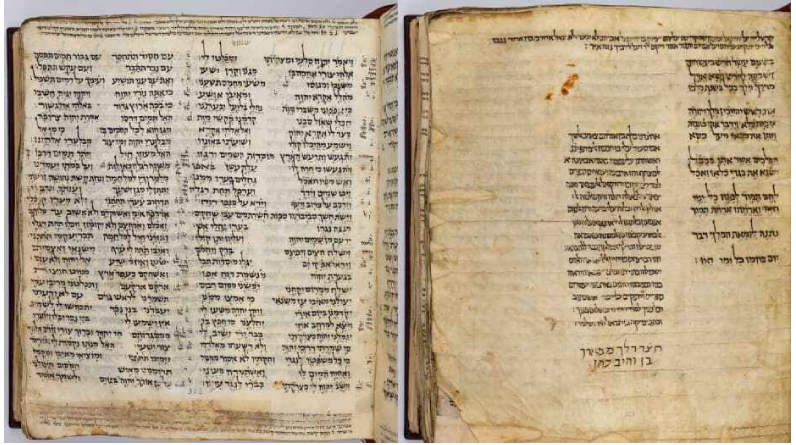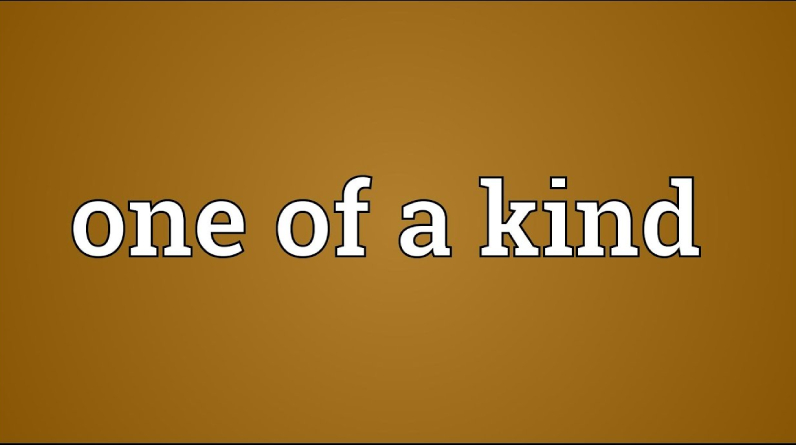The oldest Hebrew Bible in the world could sell at auction for $50 million

Sometime later this month, an over a thousand-year-old Hebrew Bible that has been called “one of the most important and singular texts in human history” will be displayed publicly for the first time before being auctioned off.
The earliest and most complete Hebrew Bible is thought to be the 9th or 10th century Codex Sassoon.
After its debut at Sotheby’s London from February 22nd to the 28th, the exhibition will travel to Israel and the United States. In May, it will be auctioned off in New York, with an estimated price range of $30 million to $50 million.
“this is the most important document to come to auction ever,” Sharon Mintz, Sotheby’s senior Judaica specialist in books and manuscripts, told CNN on Wednesday.
Mintz predicted that this “astonishing record” would attract a lot of interested buyers. And, “this is the most significant document that I have ever had the pleasure of examining, researching, and holding,” she emphasised.
Each of the three Abrahamic religions—Judaism, Christianity, and Islam—has its roots in the Hebrew Bible.
Sotheby’s announced in a press release on Wednesday that a codex bearing the name of the eminent Judaica collector David Sassoon (1880-1942) has been known to scholars for some time but has been largely hidden from the public eye.
Mintz called it a “lavish production that only the most wealthy could have afforded” due to its 792 parchment (animal skin) pages and 26.5-pound weight.
According to Mintz, the current owner acquired the codex in 1989 and is “delighted to be able to share it with the world.”
One of a kind

The earliest known copy of the Hebrew Bible, also known as a codex or manuscript book. Prior to its composition, the Bible was only available in fragmentary scroll form, which became known as the Dead Sea Scrolls. Sotheby’s noted that there were no verses, chapters, or punctuation marks in these.
The auction house also noted that ancient Jews increasingly relied on oral tradition passed down through generations in order to interpret and preserve the Bible’s teachings.
It is one of only two complete copies of the Hebrew Bible from the 10th century, along with the Aleppo Codex, which has been kept at the Israel Museum in Jerusalem since 1958.
The museum claims that “no more than 295 of the original 487 leaves [pages] survived” after the 1947 fire at the community’s synagogue, which severely damaged the Aleppo Codex. Sotheby’s claims that the Sassoon codex “is thus the earliest, most complete copy of the Hebrew Bible extant,” despite the fact that it is missing 12 complete pages.
Also Read :Products and Services in the Spotlight CTO Nandu Gandhi
According to Sotheby’s global head of books and manuscripts Richard Austin, “Codex Sassoon has long held a revered and fabled place in the pantheon of surviving historic manuscripts and is undeniably one of the most important and singular texts in human history,” which was included in the press release.
Annotations and inscriptions dating back centuries
The codex is historically significant not only for the printed material, but also for the hand-written annotations and inscriptions added over the years, which hint at the codex’s epic journey.
Khalaf ben Abraham sold property in the early 11th century, possibly in Israel or Syria, to a man named Isaac ben Ezekiel al-Attar, who then passed it on to his two sons, according to a record.
During the 13th century, the site was transformed into the Makisin Synagogue, which is the next place to be mentioned in the annotations (present-day Markada in northeastern Syria).
Sotheby’s speculates that the inscription “consecrated to the Lord God of Israel to the synagogue of Makisin” dates from after it was rebound.
After Makisin was destroyed, a local named Salama bin Abi al-Fakhr was entrusted with the codex and promised to return it to the synagogue if it were ever rebuilt.
However, the synagogue was never reconstructed, and the codex continued its journey until it was purchased by Sassoon in 1929.
Leave a reply
You must be logged in to post a comment.







